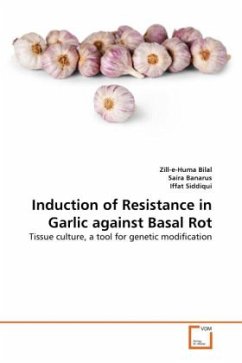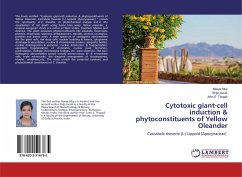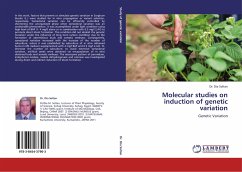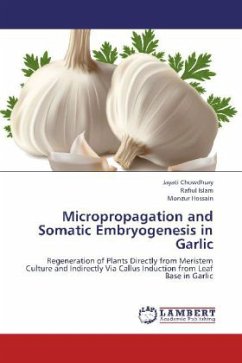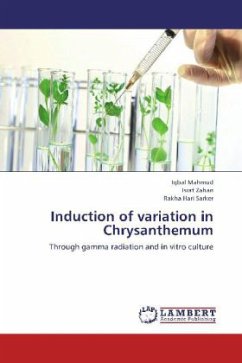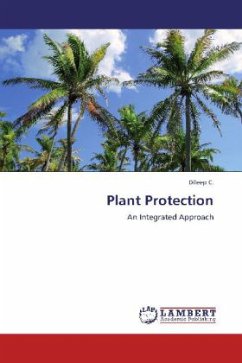Plant cell and tissue culture methods are useful for mutation induction with radiation as well as chemicals. However, radiation is the preferred method to make genetic changes because of the ease in treating large populations, and the problems of handling and disposing of chemicals. Usually, mutations are induced in well-known and well-adapted plant varieties grown in a particular region. Selected and disease-free plants of these varieties are cultured in vitro, and irradiated with gamma, UV and X-rays. The irradiated plants, tissues, or cells are then multiplied many times, in vitro, from which full-grown plants are produced. They are then grown in soil for selection of the desired types. There is increasing evidence that for some traits, in-vitro grown cells, somatic embryos, and miniature-sized plants can be subjected to selection for disease resistance, tolerance to salinity, heat, cold and freezing. The in vitro culture of vegetatively propagated crops in combination with radiation-induced mutation has proven to be an invaluable method to produce variation and to rapidly multiply the mutant and parental material in disease- free conditions.

